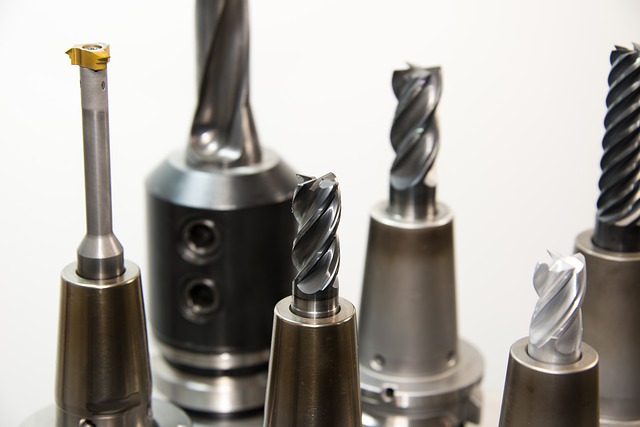WHY MODI WANTS TO MAKE MANUFACTURING BEST IN CLASS
Posted by Admin on January 19, 2015What is ‘Make in India’? According to the official website, it is a programme that seeks to build, “the best in class manufacturing infrastructure”, and in doing so facilitate investment, foster innovation, develop skills, etc. Whatever one’s issues with the design of the programme, there can be no doubt that it is necessary and timely.

In 2013, the Indian manufacturing sector contributed only 16% to the economic output. This was the smallest share in 10 years. And even by the standards of developing economies, our manufacturing sector was scarcely on par. Pakistan, Bangladesh, and all BRICS member nations, with the exception of South Africa, performed well in comparison. Also, India’s sectoral share remains diminutive compared to that of the developing economies such as Indonesia, Korea and Malaysia where manufacturing contributes above 20%.
What is especially worrying about India’s manufacturing sector is that, according to World Bank estimates, its share has been stagnant for the last two decades.
One of the main reasons for this poor performance is low productivity. So far, the government has taken few initiatives to organise and upgrade the skills of the large population of temporary workers engaged in small-scale industries. There has also been little investment in capital equipment. This has resulted in a wide gap in labour productivity between the large and small industries, a ratio of 8:1, where the standard in countries like Japan is 3:1.
Another major reason for the drag is India’s chronically challenged transportation system. The supply chain is a recognised source of leakages and incentivises corruption. State border checkpoints, tasked with carrying out compliance procedures, consume nearly 60% of the transit time. Therefore, logistics in India, according to World Bank estimates, are two to three times of the international benchmarks.
Collectively, these factors resulted in a contraction of 0.7% in factory output over the last year and the consequent lowering of manufacturing standards.
Taking cognisance of these impediments, the Narendra Modi government seeks to digitise, de-bureaucratise, and democratise infrastructure, in order to make India a manufacturing hub powered by its large, cost-effective labour force and supported by government policy. Bolstering the infrastructure in this way can inspire corporate confidence.
Recently, Cyrus Mistry, chairman of the Tata Group, confessed that the initiative has encouraged him. Indian manufacturers like Godrej and Havells have re-established manufacturing units in India, and this is a positive sign. Again, the establishment of innovation labs by international conglomerates like Cisco (Bengaluru) augurs well for the economy, and the future of this initiative.
What remains now is adequate implementation of the programme. If that is achieved, India can attain a well-deserved pole position among the world’s economies.








